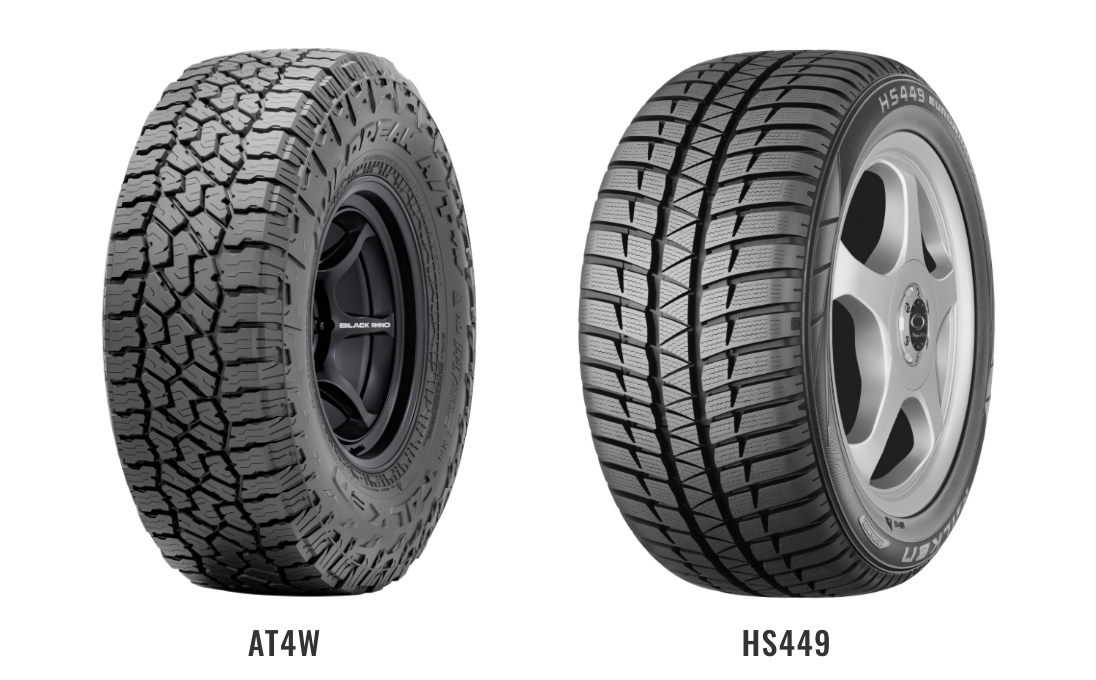Customer case studies
01Cargo shippers
Reduced long-distance truck transportation by using the coastal feeder routes via sea to Hanshin Port
- Mr. Tani
- Import/Export Group, Logistics Department, Tire SCM Division
- Sumitomo Rubber Industries Ltd.
Tell us about the business of Sumitomo Rubber Industries and about the situation of imports and exports.
The purpose stated for the Sumitomo Rubber Group in Our Philosophy is that “Through innovation we will create a future of joy and well-being for all.” We use this as a starting point and utilize our original rubber technologies to develop business based around tires, sports and industrial items. Our Head Office is located in Kobe and can view Hanshin Port from our company building. We have six factories as production bases in Japan. Among them, our factories in Miyazaki and Izumiotsu in particular use the Hanshin Port, for both imports and exports. We import the natural rubber which we use as a raw material for our tires from Southeast Asia and export the automobile tires, which is our major product to countries around the world.

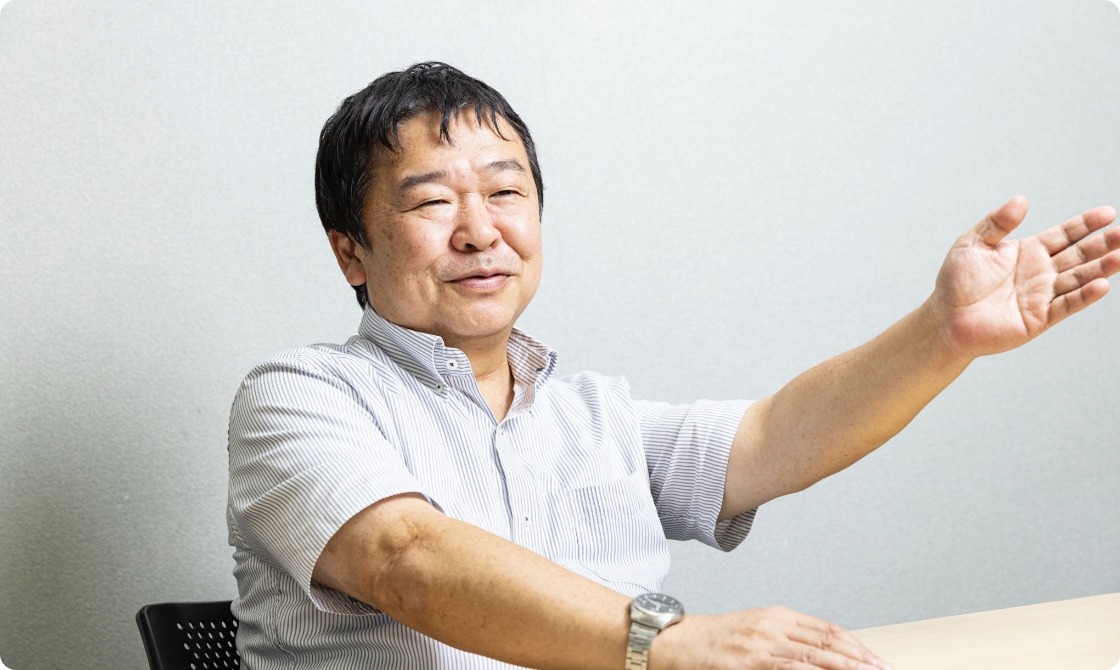
The weight of your use at Hanshin Port is increasing. What issues did you have with your logistics previously?
We export the tires we manufacture at our Miyazaki factory to countries around the world. Hanshin Port has shipping company routes developed globally and a large stock of empty containers, so in reality it is the most suitable port for exports. However, as Hanshin port is a long way from our Miyazaki factory, we have conducted a lot of our exports from the northern part of Kyushu. In the meantime, , when we considered the 2024 problem (the stricter restrictions on maximum working hours introduced by work style reform laws and the shortage of drivers in Kyushu), along with the need for environmental measures, it was necessary for us to further shorten the distance we transport products over land from the Miyazaki factory to port.
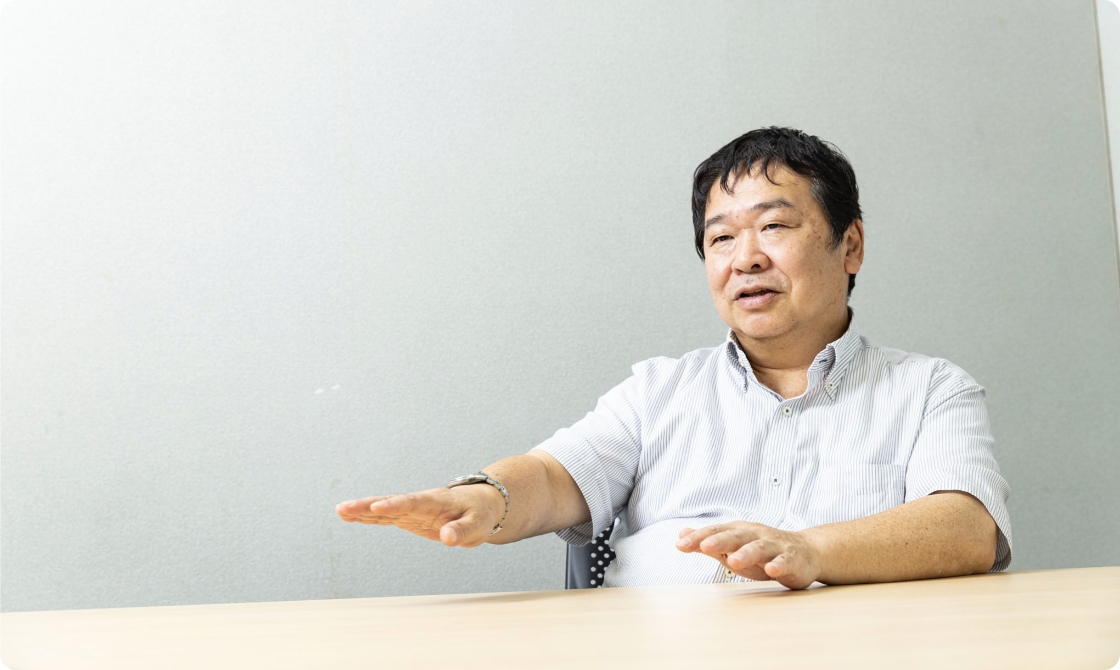
What measures did you take to construct new logistics, what hurdles did you face, and what benefits did you gain?
As the cargo owner, we requested cooperation from the shipping companies and the relevant local authorities to promote international routings from nearby ports. As a result, we expanded our exports from Shibushi which is the nearest port from the Miyazaki factory connecting at Hanshin Port to the global routes. To ensure this expansion, we needed to secure empty containers and extension of container storage at the local port. There are two benefits gained from these efforts.
1. More efficient domestic transportationCompared with the previous land transportation to the northern part of Kyushu, we have constructed sustainable transportation that reduces the distance of domestic transportation over land to about one sixth. Furthermore, it results in a three-hour shortening per one-way journey, an 85% reduction of CO2 emissions and a solution for the 2024 problem.
2. Stable transportation through Hanshin Port connectionsWhen using feeders which conduct the transshipment at ports outside of Japan, frequent delays had occurred due to congestion. However, with transportation via Hanshin Port, the schedule has been stabilized, and the punctuality of the cargo arrival has improved. This is a positive effect for all aspects such as cost and transportation quality, along with the reduction of labor and environmental burden, we are very satisfied.
What is your outlook for the future?
The convenience would be further improved if direct routes were established from Hanshin Port to the Middle East and to Central/South America, which we hope for in the future. Furthermore, in addition to the Port of Shibushi, we also hope that a coastal service feeder shall be established from the Port of Hososhima in Miyazaki to Hanshin Port. As a local company in Miyazaki Prefecture, we would like to use this route as well and utilize the local infrastructure to make whatever small contribution we can to the local economy. We want to continue working to improve the efficiency of our import and export logistics and would like to ask for the cooperation of Kobe-Osaka International Port Corporation, which is conducting activities to maintain and expand coastal service feeder routes and major routes.
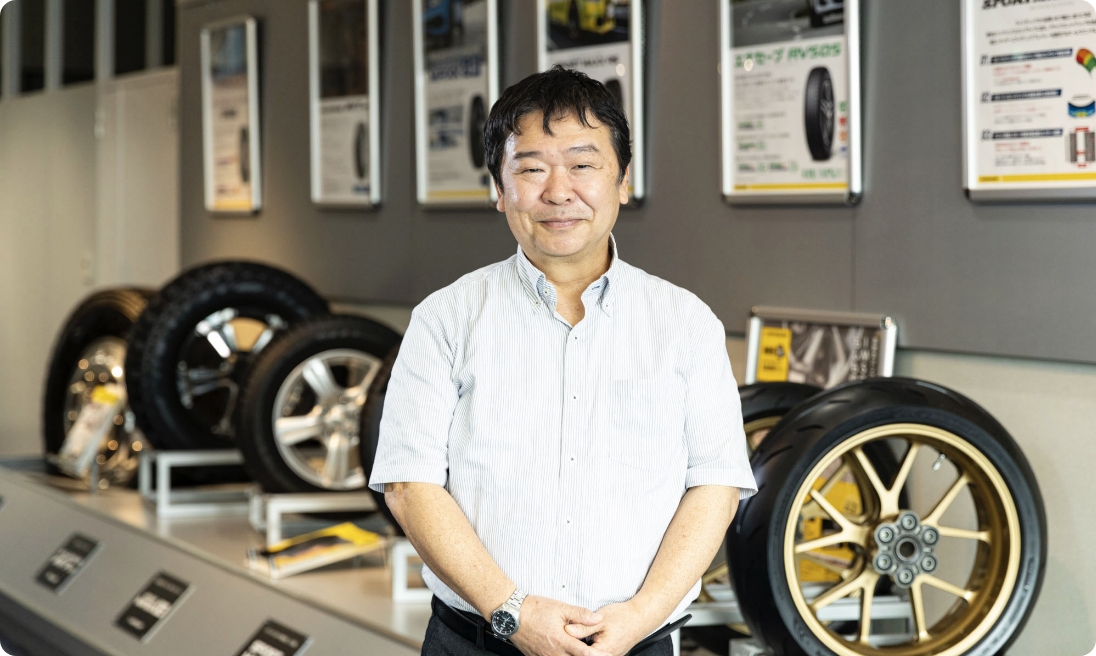

Special articleA “little” trivia about tires
(1) How are automobile tires and
motorcycle tires different?
When seen from the front, automobile tires are flat, but motorcycle tires have a rounded shape. The reason for this is that on motorcycles, the vehicle body is tilted to turn corners. The tires are designed with a rounded profile so that the area in contact with the ground does not change when it is turned.
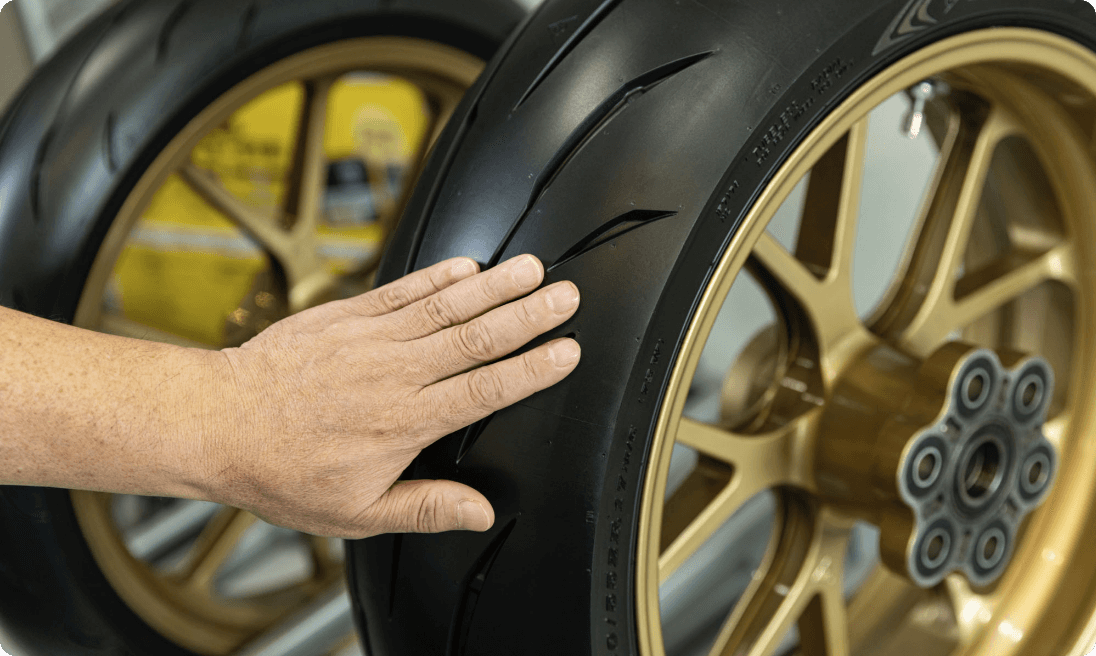
(2) How are tires vanned in containers?
The importing and exporting of tires do not use pallets. The tires are vanned directly into a container. There are two types of vanning, which are the “flat stacking” type where tires are stacked up on their sides, and the “lace stacking” type where the tires are stacked like lacework. The lace stacking method has about 20% higher stacking efficiency than the flat stacking. We request the shipping companies prepare clean containers so that the tires do not get dirty or damaged.
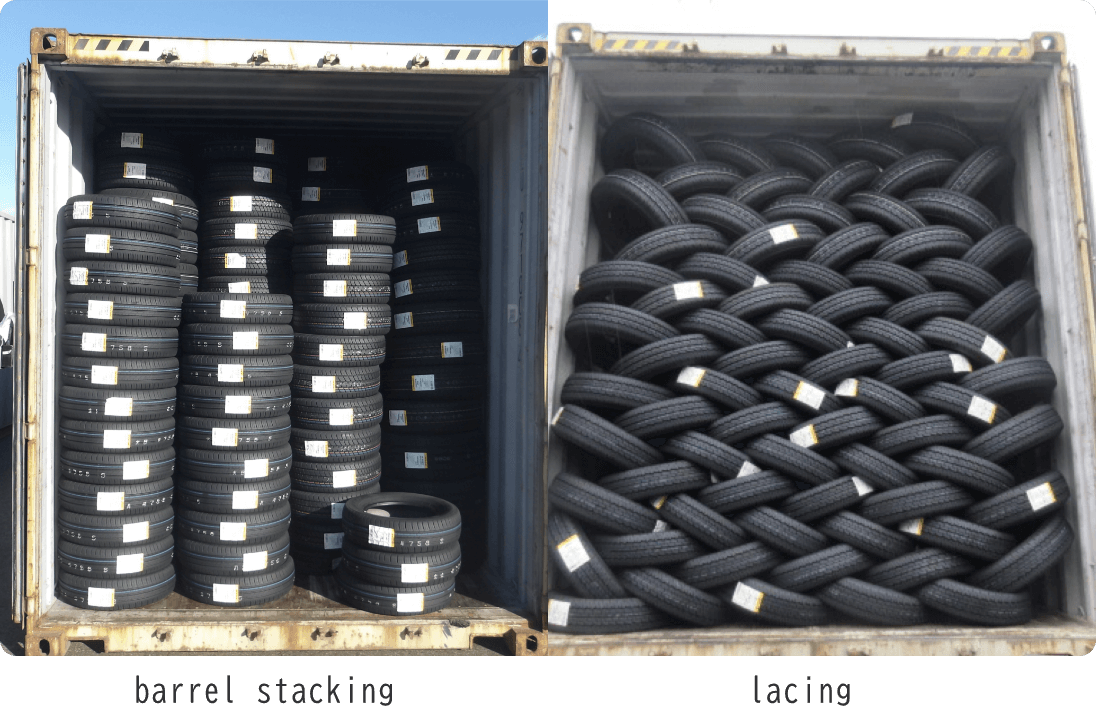
(3) What kinds of tires sell well overseas?
We export a lot of SUV tires to North America and the Middle East. Our FALKEN brand SUV tires are extremely popular in North America. To Europe, we export a lot of all-season tires that can travel at high speeds.
